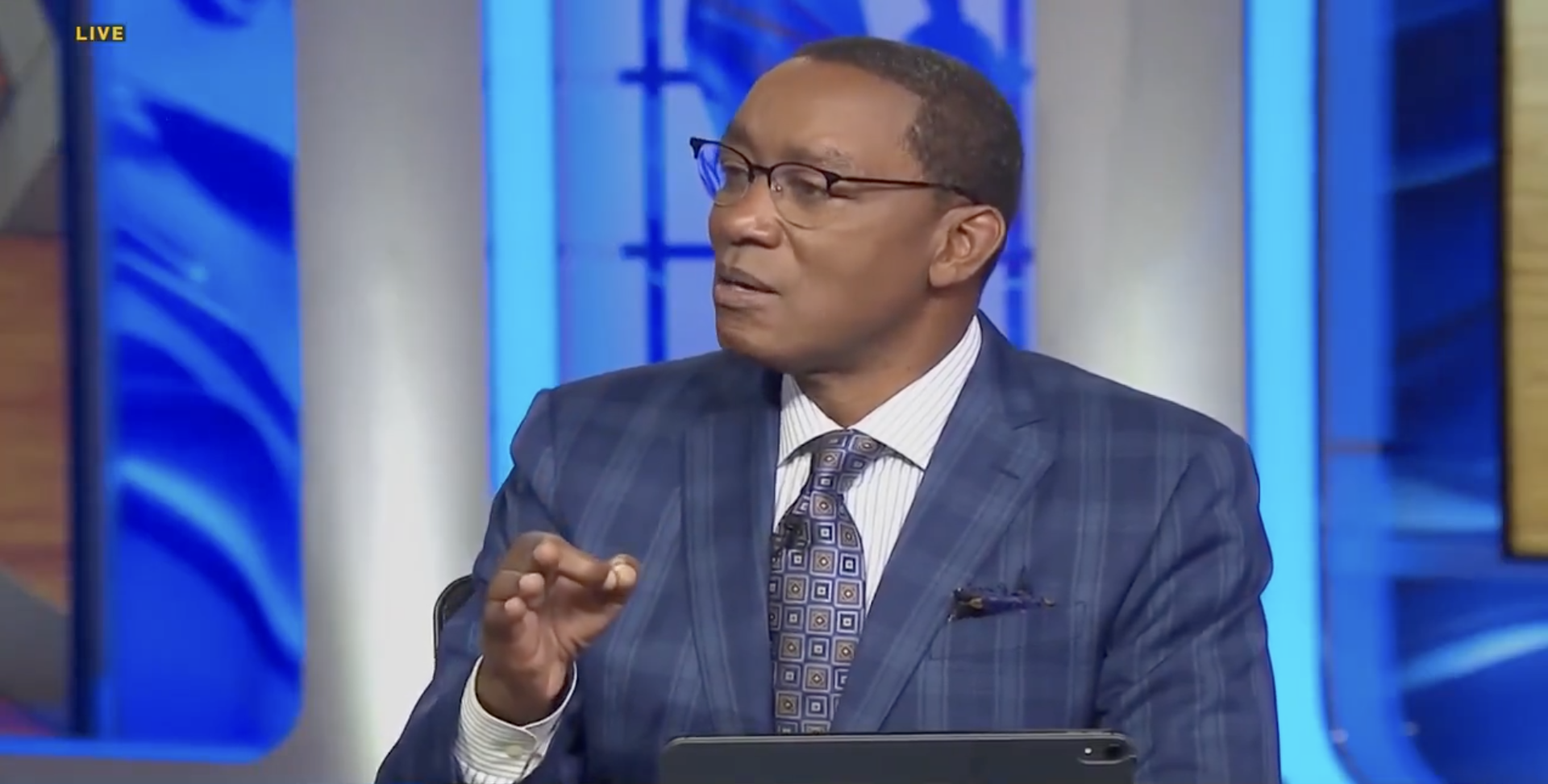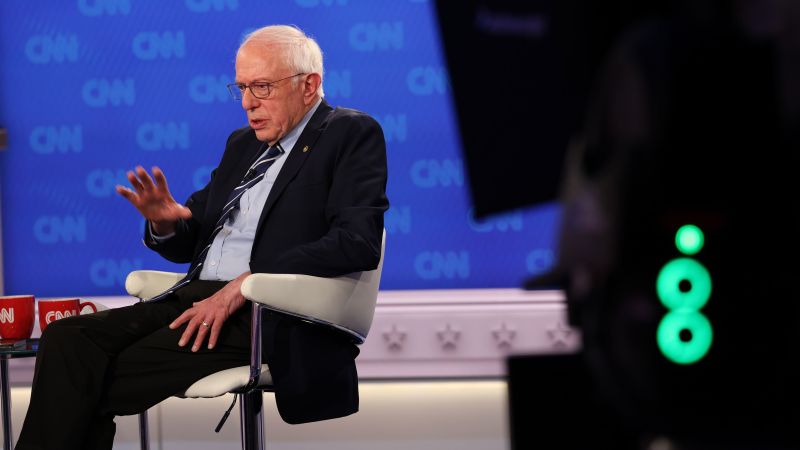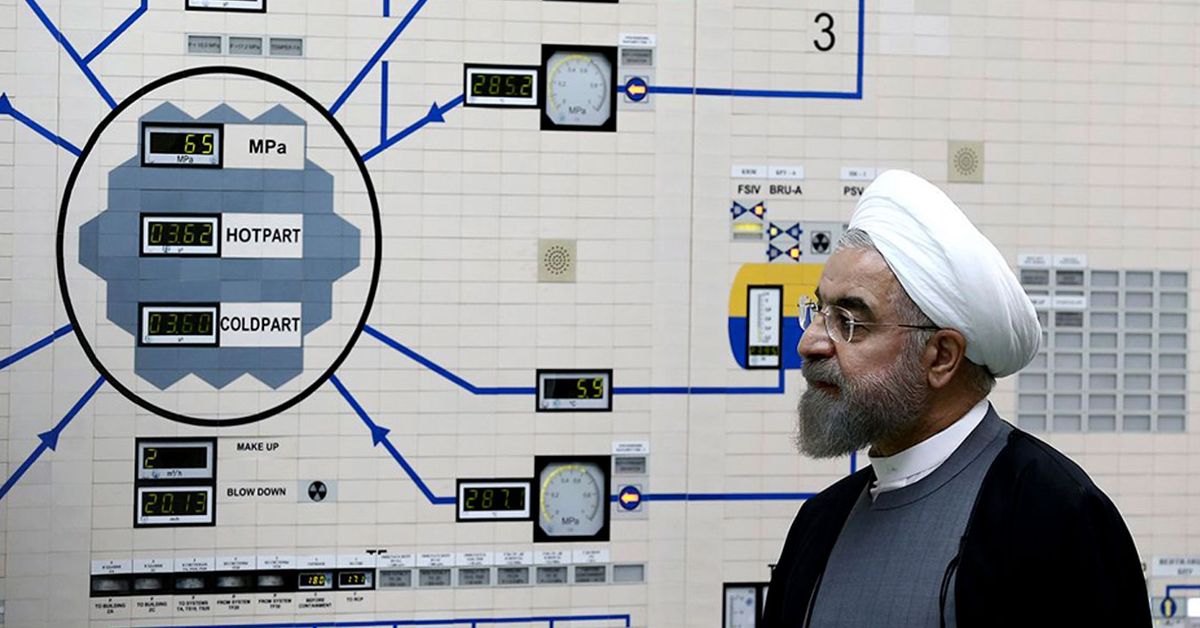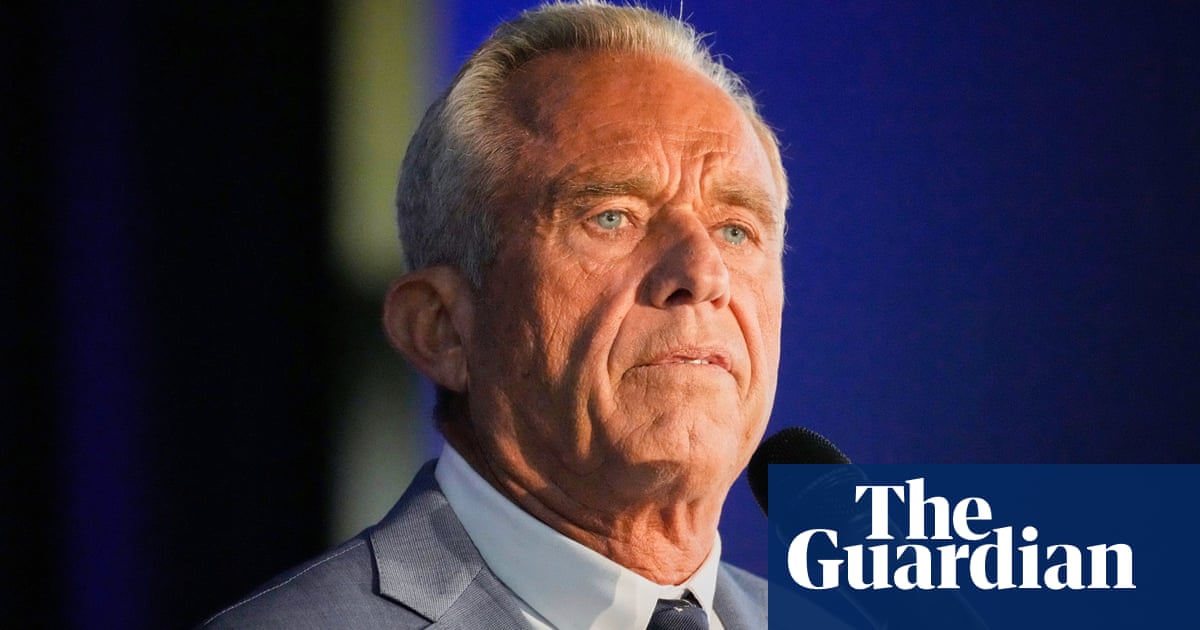President Donald Trump’s tariff strategy is spiraling into an economic nightmare, sending shockwaves through global markets and pushing U.S. futures even deeper into the red. The turmoil sparked last week shows no signs of easing, with steep declines expected when U.S. markets open.
By early Monday, futures for the S&P 500 were down 2.3%, Nasdaq futures dropped by 2.4%, and Dow Jones futures plunged nearly 900 points, or 2.3%. Smaller companies, tracked by the Russell 2000, lost 2.5%. Futures are an early indication of how stocks will move when trading officially starts, and these declines suggest another brutal day is ahead.
Trump’s tariffs, especially those targeting China, have caused chaos across the globe. In Europe, major stock indexes, including the Stoxx 600, the UK’s FTSE 100, Germany’s DAX, and France’s CAC 40, all fell by at least 3%. Asia was hit hard too—Hong Kong’s Hang Seng index tumbled by 13%, Japan’s Nikkei 225 dropped almost 8%, and trading was briefly halted after the Nikkei futures plunged over 8%. Australia and South Korea saw losses of around 5%, prompting South Korea’s government to intervene with emergency measures.
Even Bitcoin, which had previously held up against the broader market downturn, dropped by 5.6%, reflecting the depth of the panic.
These staggering losses come on the heels of last week’s historic two-day crash, which wiped $6.6 trillion from global markets. U.S. crude oil prices dropped to their lowest since April 2021, hitting around $60 a barrel before bouncing back slightly.
Trump, however, shows no sign of backing down. Over the weekend, he doubled down on his tariff plan, which could rise as high as 79% for some countries, including China. On Saturday, Trump declared, “THIS IS AN ECONOMIC REVOLUTION, AND WE WILL WIN. HANG TOUGH.” He added, “it won’t be easy, but the end result will be historic. We will, MAKE AMERICA GREAT AGAIN!!!”
Trump’s rhetoric continued on Sunday, as he defended his tariffs, claiming they were the only way to solve the U.S. trade deficit. “We have massive Financial Deficits with China, the European Union, and many others. The only way this problem can be cured is with TARIFFS, which are now bringing Tens of Billions of Dollars into the U.S.A.”
Despite the market chaos, Trump downplayed the fallout. Asked about the market plunge, he said the economy sometimes needs to “take medicine,” contradicting his own previous comments on social media suggesting that the market sell-off was intentional.
The tariffs, which began taking effect on Saturday, are set to escalate. By Wednesday, more countries will face higher duties. China has already announced a 34% tariff on U.S. goods, starting Thursday, in response to Trump’s planned increases on Chinese imports from 20% to at least 54%.
The damage has sparked alarm among analysts. Goldman Sachs warned that the “tariff Pandora’s box has been opened,” noting that Trump’s actions against China were far beyond expectations. Commerce Secretary Howard Lutnick confirmed on Sunday that the White House has no plans to delay the tariffs, despite mounting criticism.
While Trump’s Cabinet has largely supported the plan, the consensus among economists and business leaders is that the tariffs are a huge mistake. Even Elon Musk, a known Trump supporter, criticized the approach, calling for zero tariffs between the U.S. and Europe. White House adviser Peter Navarro fired back, accusing Musk of protecting his own business interests.
Tesla and SpaceX, both led by Musk, have already warned that tariffs and retaliatory measures could hurt their business. Trump, however, refrained from criticizing Musk when asked about it on Sunday.
Financial experts are reacting to the deepening crisis. Dan Ives, managing director at Wedbush Securities, lowered his price target for Tesla by 43% and for Apple by 23%, warning that the tariffs could set the U.S. tech industry back by a decade.
Hedge fund investor Bill Ackman, a supporter of Trump’s 2024 campaign, took to social media to predict a “self-induced, economic nuclear winter,” urging Americans to prepare for tough times ahead.
The broad financial disruption goes beyond just tariffs—it’s a full-scale attack on the global economic system that has underpinned U.S. growth in recent decades. Trump’s move to shift away from a service-oriented economy to an export-based one would likely come at a huge cost. Economists warn that this could lower the standard of living for most Americans for years to come.
JPMorgan analysts are already forecasting the economy will shrink, with unemployment climbing from 4.2% to 5.3%. “The pinch from higher prices that we expect in coming months may hit harder than in the post-pandemic inflation spike,” they wrote.
As markets continue to react to Trump’s tariffs, the full fallout on the global economy remains unclear. But one thing is certain: the chaos is only just beginning, and the consequences of these policies are likely to be felt for years.















